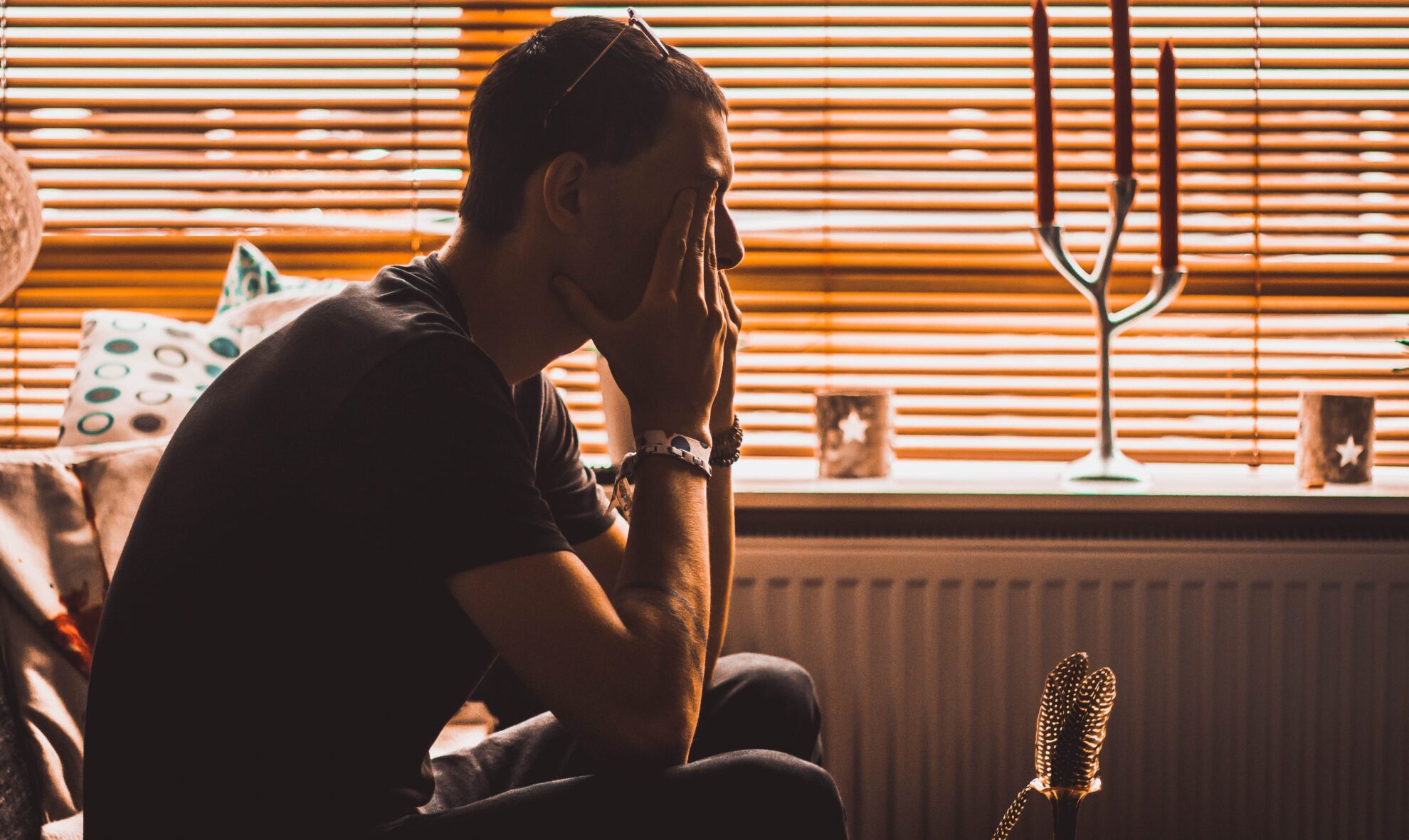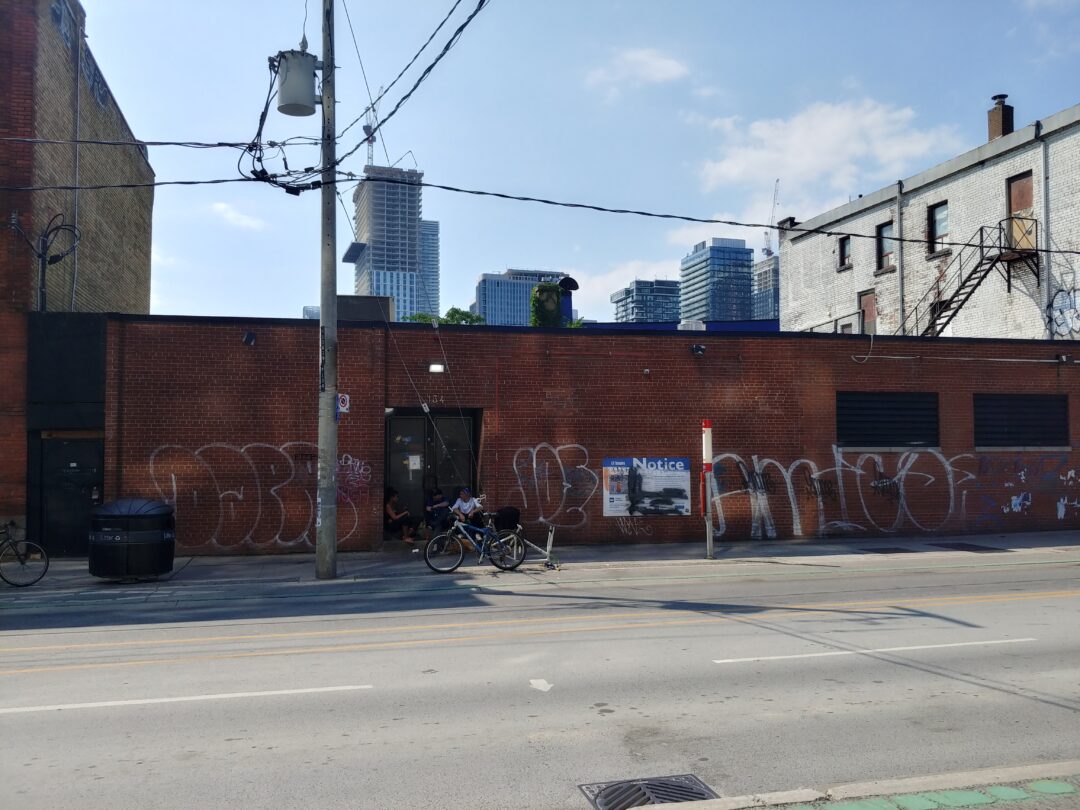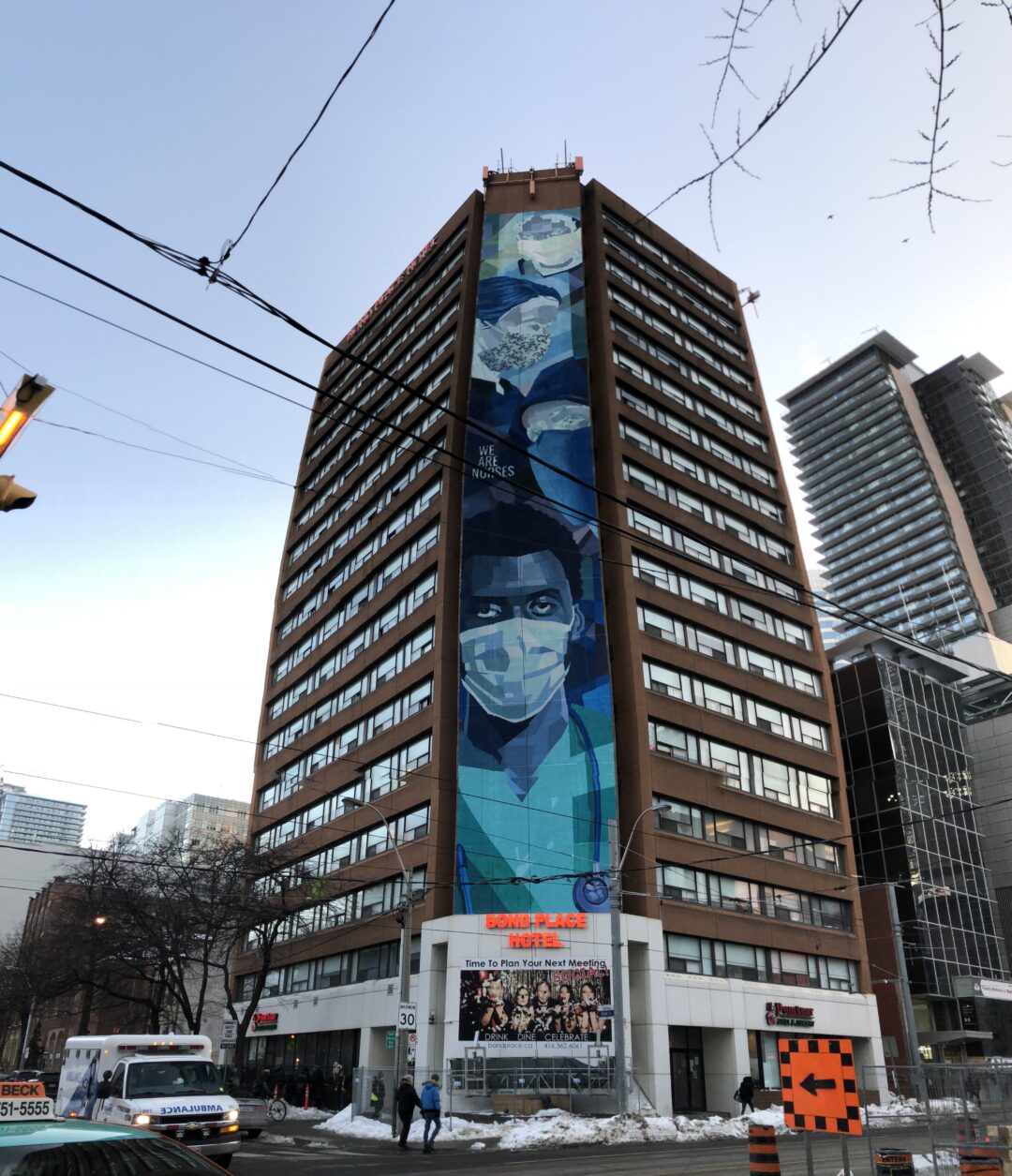By Louis Mirando, Op-ed –
I am on the executive of the McGill-Granby Village Residents’ Association (MGVRA). The McGill-Granby Village is one of the most dense, diverse, intensely developed, dynamic and exciting neighbourhoods in Downtown East. It’s a small neighbourhood, bounded by Yonge to Jarvis Streets and Carlton to Gerrard Streets, bisected north-south by Church Street. Physically located on the edge of Downtown East, we are spiritually at its heart. We love our neighbourhood. This past summer, however, drugs took it away from us.Our single tiny greenspace, Sheard Parkette, a narrow strip of green along the Sheard Street sidewalk, was the site of daily encampments and persons with substance abuse and complex mental health problems. We did what we could – basically complain to the City via the “Toronto 311” complaint line, both phone and email, almost daily. Despite caring and committed staff at the other end, response was slow, often disappointing.
Well-intentioned but outdated by-laws did not view the people who were living, drugging, partying and toileting in Sheard Parkette and the contiguous Granby walk-through to Yonge St. as “encampments” – if there was no tent, there was no problem. And if an individual refused housing, no further steps would be taken. When an encampment was finally removed, a new one would appear within hours.
Meanwhile, our tiny parkette “disappeared,” more an open latrine than a greenspace, littered with garbage and used needles just feet away from the sidewalk and street. Residents, including seniors in the seniors home opposite, and even dogwalkers saw their safety and security compromised and stayed away.
The real problem: Drugs, open drug use and trafficking. Addicts and others would begin gathering in Sheard/Granby Parkette every morning. Dealers appeared around 4 p.m. on bikes and scooters. Dealing was conducted in the open, drugs consumed on-site. The gathering would grow through the day, turning into an open party at night, with music, sex al fresco, dogs off-leash, and threats of violence to any locals who had to walk by. There was fighting, knifing, overdoses and at least one death.
Those who lived at street level lost the use of front yards and porches. We lost sleep from the noise. We feared going out after dark. In the morning, the parkette and sidewalks were littered with garbage, human waste, used needles. When the safe injection site on Victoria Street clamped down on outside gatherings, Sheard/Granby was the nearest open space for users to gather, often in large numbers. It wasn’t unusual to find a passed-out drug user on residents’ property.
We asked for help from the councillor’s office. We were told to call Toronto 311. Perhaps we were naïve to expect more. Our MGVRA executive used to meet monthly with our councillor to resolve issues; but our new councillor has met with us only twice in the past year. We begged for the parkette to be fenced off and closed. Despite community support, we were told there was a policy “not to remove public spaces from public use – unless they posed a threat to public safety.”
Well, the “public” had already lost use of the parkette, and the threat to our safety and security was clear. So why no action?
It took time to learn our way around the silos at City Hall. We learned to directly contact Encampments, Outreach, Streets to Homes, Parks, the police and the councillor’s office ourselves. It was a Herculean and coordinated effort by MGVRA and local residents. The Neighbourhood Community Officers (NCOs) were super, though often hampered by what the City allowed. And not always available. But when they appeared, the dealers and revelers would disperse – only to reappear when they left.
Parks would appear in the morning to clean the previous day’s mess, but sometimes left because of personal safety concerns. When police and cleaners worked in tandem, things were better. But the stalwart city workers could only address the symptoms; the problems persisted. We thanked city staff and NCO’s profusely. But the silos at City Hall are not conducive to action. “It’s not our responsibility, it’s theirs.”
Despite open lawbreaking – drug dealing and consumption, drunk-and-disorderly conduct, encampments in public parks, threats to public health and safety – there is at best only selective enforcement of City by-laws or even statute laws. The level of enforcement seems to depend on the neighbourhood. Downtown East carries the brunt. Without enforcement, there is no law, only lawlessness.
March to November we were effectively held hostage by the lawbreakers. The homelessness problem didn’t take our neighbourhood away from us, except laterally. Nor was it a public mental health issue, except laterally. We lost our neighbourhood to drugs and the City’s failure to enforce its own by-laws.
With the winter cold, encampments are fewer. So, too, are the addicts and dealers. The cold weather may be giving us the break the City can’t, or won’t. The problem will re-emerge in the spring. Meanwhile, we ask: When will the City act to protect its residents and enforce its by-laws? Why are the parks in Downtown East abandoned while those in the more affluent areas thrive? Why have they given up on our neighbourhood?
Who’s to blame for this failure? City Council? Queen’s Park? We are committed to living and working in the Downtown East, keeping the downtown core liveable. But we are worn out. We need the City and our councillor to work with us to keep this neighbourhood





3 Comments
I am so tired of these articles by people who believe they own the city and that marginalized people – that includes drug users and the unhoused – don’t have as much right, and usually more, as them to use our public spaces. If the author and the other members of their resident’s association don’t want to share the park with people who, quite frankly, need it far more than they do then I suggest they move away from the city any allow people with more compassion to replace them.
The city views taxpayers as enemies and funders the marginalized to save.
I can appreciate the concerns raised by the author and agree that this is a serious issue. Parks and public spaces are for all who obey the laws and are considerate of others. I am not alone in this belief.